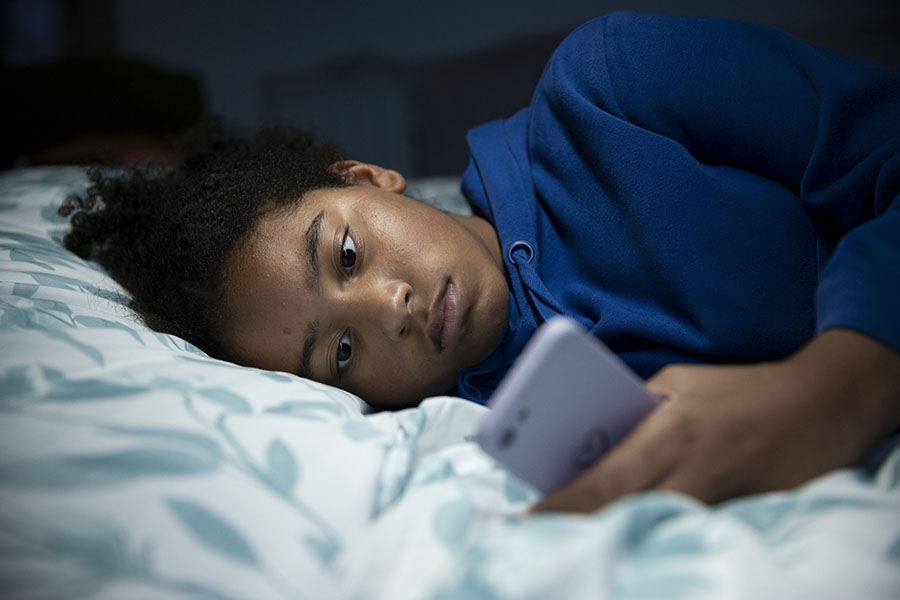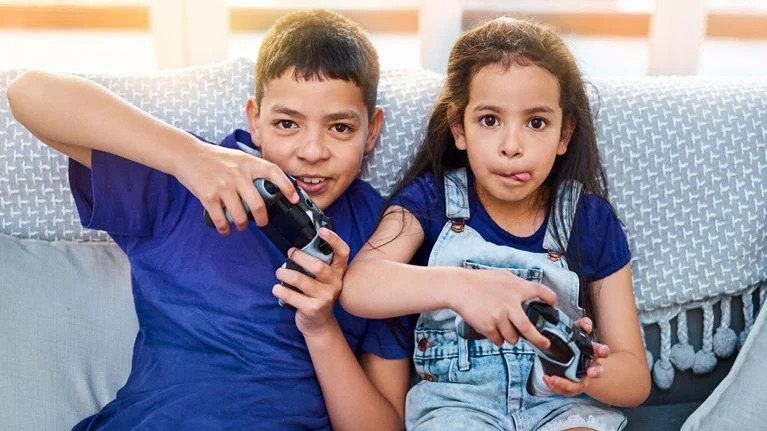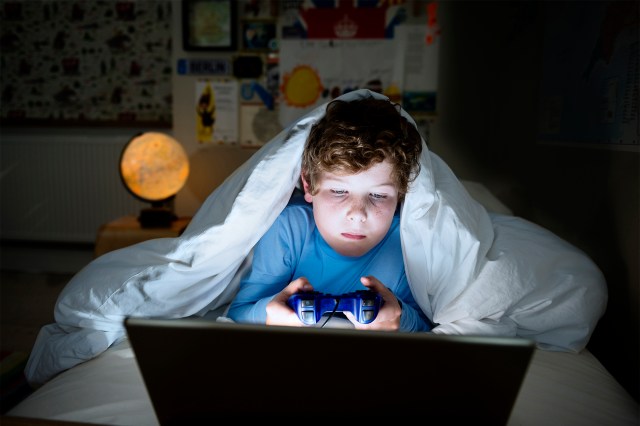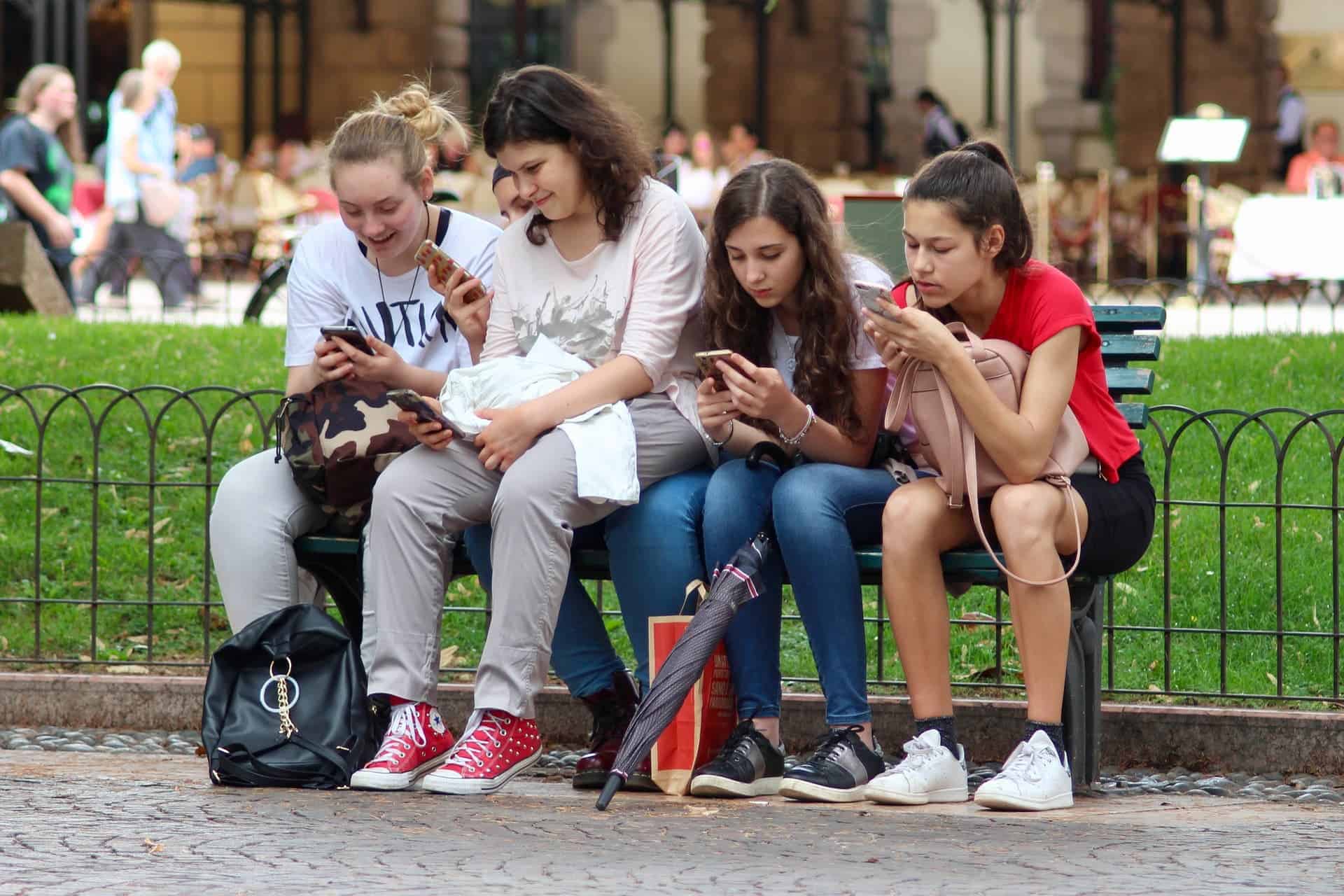Playing video games can have both positive and negative effects on the mental health of children, depending on various factors such as the content of the games, the amount of time spent playing and the child’s characteristics.
Among the positive effects is that video games can improve cognitive abilities such as problem-solving, spatial awareness and hand-eye coordination. Multiplayer online games can facilitate social interaction and teamwork skills, especially when played with friends or in online communities.
On the contrary, video games contribute to more screen time, which means less time spent outside. American children spend 5-8 hours daily in front of a screen, and only an average of 4-7 minutes per day in unstructured outdoor play.
Excessive gaming can lead to addiction-like behaviors, where children prioritize gaming over other activities, neglect responsibilities and experience withdrawal symptoms when not playing.
Approximately 6% of American young people who play video games show signs of addiction. The symptoms include playing for more than 10 hours a week, neglecting personal hygiene and responsibilities, and experiencing withdrawal symptoms when unable to play.
The correlation between violent games and increased aggression in children is widely debated among researchers, with many studies finding no link between the two factors.
Another debated topic is whether excessive gaming time leads to social isolation, as children may neglect face-to-face interactions with family and friends in favor of online gaming.
Furthermore, excessive gaming can interfere with schoolwork and academic performance if it consumes too much time that could be spent studying or engaging in other educational activities.
In the digital age, children and teens are experiencing unique social issues due to social media. Pre-teen and teenage girls take the lead in statistics that show 51% of U.S. teenagers spend at least four hours daily on social media.
The most popular social media platforms among American children include Instagram, Snapchat, TikTok and YouTube. Teens reported using TikTok and YouTube the most, with boys spending more time on YouTube and girls spending more time on TikTok.
The constant exposure to idealized images of beauty and unrealistic body standards can contribute to body dissatisfaction and unhealthy behaviors such as extreme dieting or excessive exercise in teen girls.
Furthermore, excessive gaming can interfere with schoolwork and academic performance if it consumes too much time that could be spent studying or engaging in other educational activities.
In the digital age, children and teens are experiencing unique social issues due to social media. Pre-teen and teenage girls take the lead in statistics that show 51% of U.S. teenagers spend at least four hours daily on social media.

Anxiety and depression can happen after doomscrolling through negative content or by consuming idealistic content that causes children to compare themselves to others.
Social media and video games alike appeal to the dopamine receptors in our brains, which are associated with pleasure, reward, motivation and reinforcement of behaviors. This combined with the instant satisfaction from likes, comments and shares, can lead to compulsive use and dependency among children.
Little to no legislation exists when it comes to regulating the content and age restrictions on social media platforms. This year in March, Florida Governor Ron DeSantis signed a new law that will restrict children under 14 from creating a new social media account. The bill does not name any specific platforms.
State legislators in 30 states, including Puerto Rico, have introduced bills that will work to protect children while using the internet and social media.
By Maya Gayler
















